Blog
The Mysterious Remnants of King Bao Dai’s Seaplane Hangar in the Heart of Hanoi
From this seaplane terminal, a century ago, many elite Hanoi travelers boarded aircraft waiting on the “runway” – the vast expanse of West Lake…
On the opposite shore of West Lake from Chu Van An High School stands a unique architectural structure that has endured for a century: a seaplane hangar believed to have once belonged to King Bao Dai.
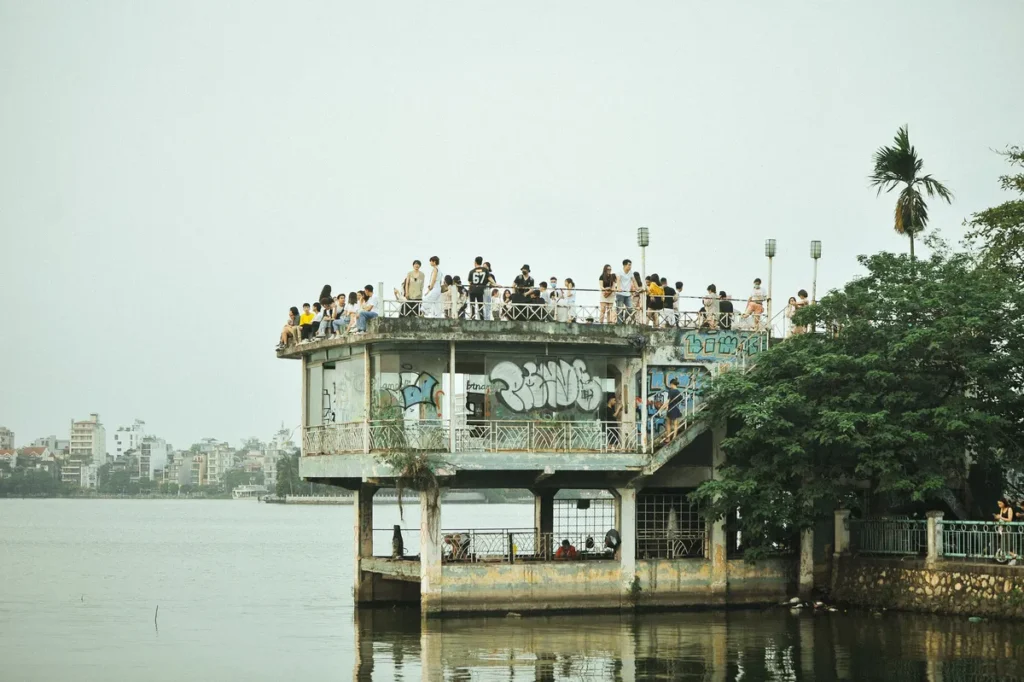
Turning back the pages of history, in the early 20th century, the French introduced seaplanes to Vietnam because these water-landing aircraft had less stringent infrastructure requirements. In Hanoi, West Lake, with its vast water surface, was an ideal location for building a seaplane airport. Around the 1920s, the colonial government built the “Seaplane Service,” essentially an airport comprising an aircraft hangar located at what is now the Chu Van An school stadium. Near the hangar, a promontory jutted out into the lake. The French leveled the ground and built a two-story concrete terminal.

The terminal’s location was very close to the administrative center of Hanoi at that time. The terminal had a grand staircase in the center leading to the second floor, and a smaller staircase on the side leading to the rooftop. From the terminal, passengers would board aircraft waiting on the “runway” – the vast expanse of West Lake. There is not much detailed documentation about the operation of the West Lake seaplane airport, but it certainly served only French officials or members of the elite society of that era.
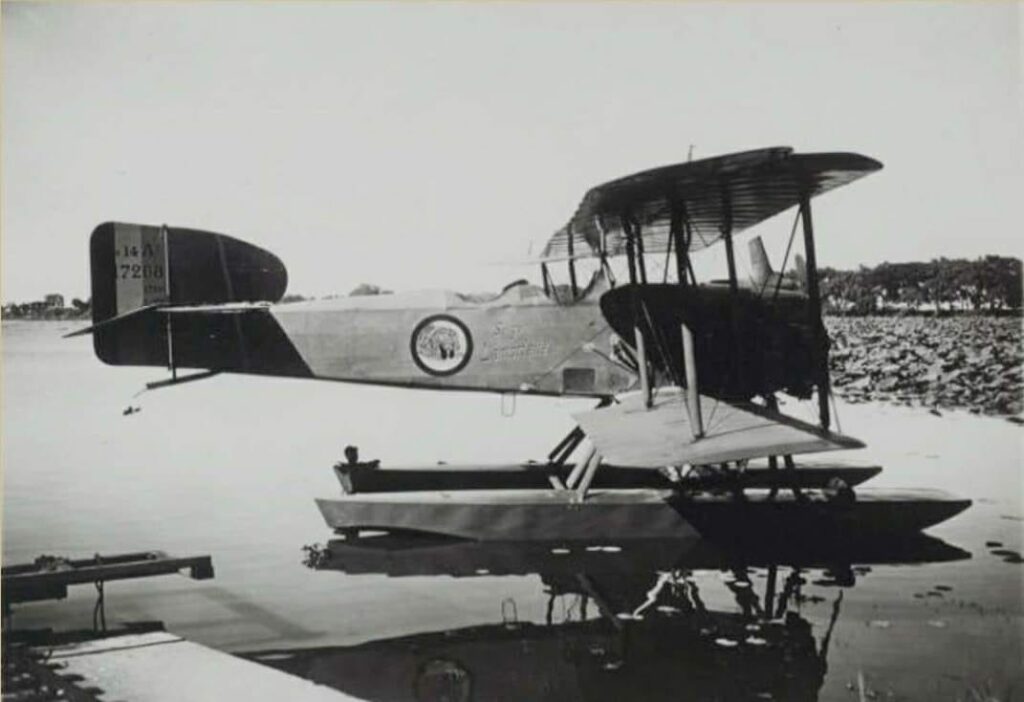
There are reports that King Bao Dai acquired the facility in the 1930s to indulge his seaplane hobby. It is known that the last king of the Nguyen dynasty owned two of the most modern seaplanes of that time, the Sealand and Sea Otters. It is unclear when the West Lake seaplane airport ceased operations. It was likely abandoned with the French withdrawal from Vietnam in 1954.
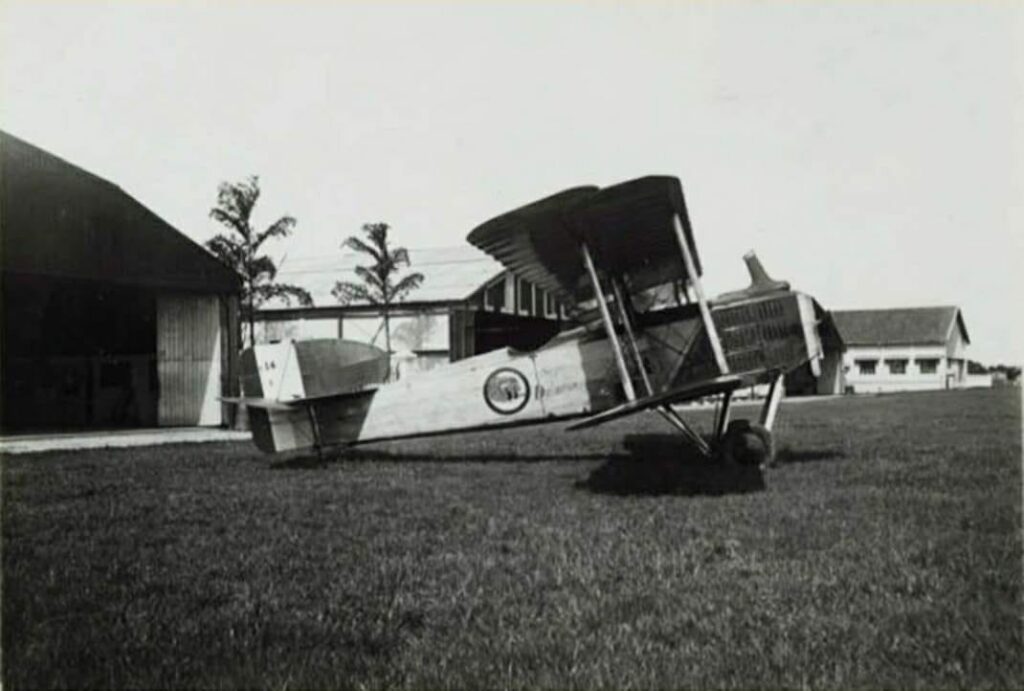
In the years after the country’s reunification, this old terminal became a favorite sightseeing spot for Hanoi residents. Later, the building was handed over to the Vietnam Feature Film Studio, which had its headquarters nearby, for management. Due to the upheavals of the times, the terminal was sometimes used as the film studio’s tradition room, and at other times rented out.

Recently, amidst public concern over the equitization of the Vietnam Feature Film Studio, the old seaplane terminal was mentioned again as an asset of the studio. By this time, it had been abandoned and severely deteriorated. The symbolic structure of Hanoi’s elite era is now just an empty concrete shell. Few can imagine that this was once where planes skimmed across the water before taking flight over Hanoi.
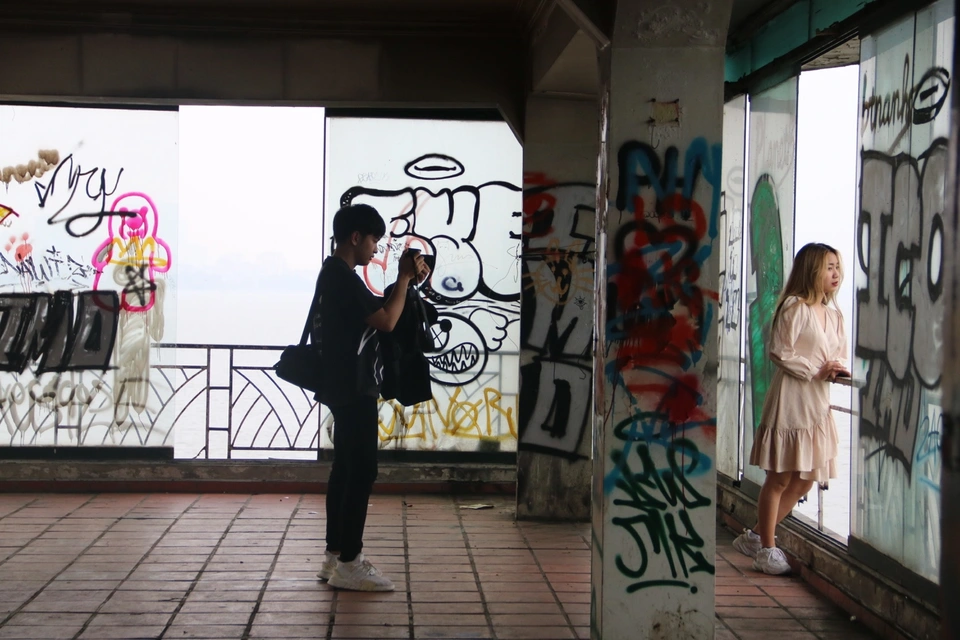
Due to its spacious and airy setting, coupled with its beautiful location on the shore of West Lake, the old terminal has become a popular spot for young people to visit and experience. In particular, it is a place with countless “virtual living” corners for those who follow the “selfie” and “check-in” trends. The empty walls have become a canvas for street artists to showcase their graffiti skills.
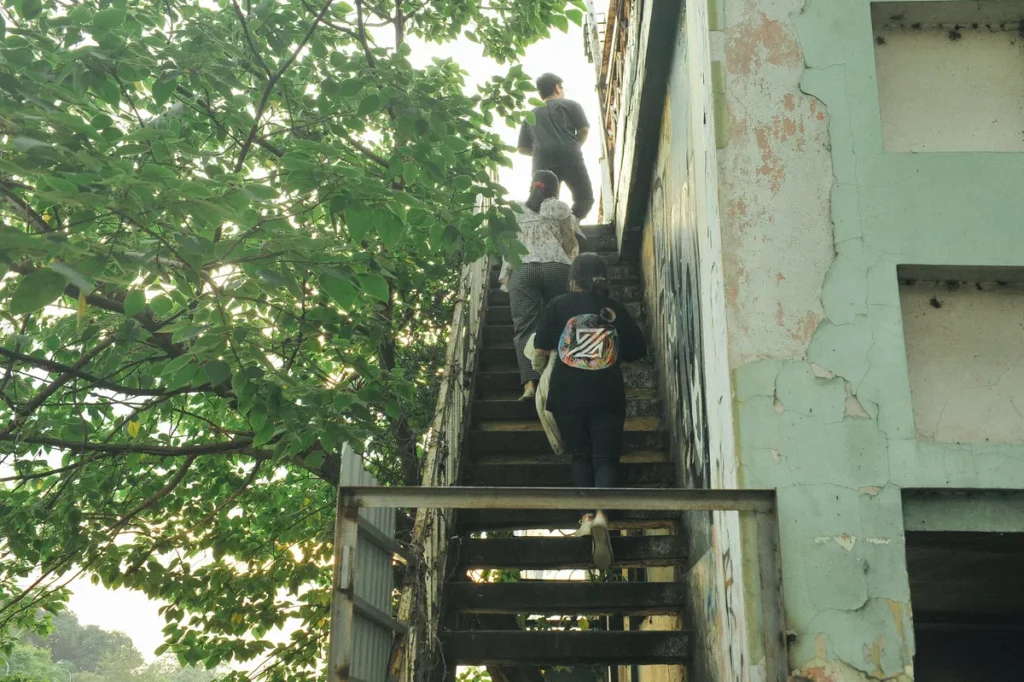
Meanwhile, the future of the West Lake seaplane terminal remains uncertain. There have been proposals to demolish this special structure, while many express a desire to renovate it into a cultural space worthy of the poetic beauty of the capital’s largest lake…
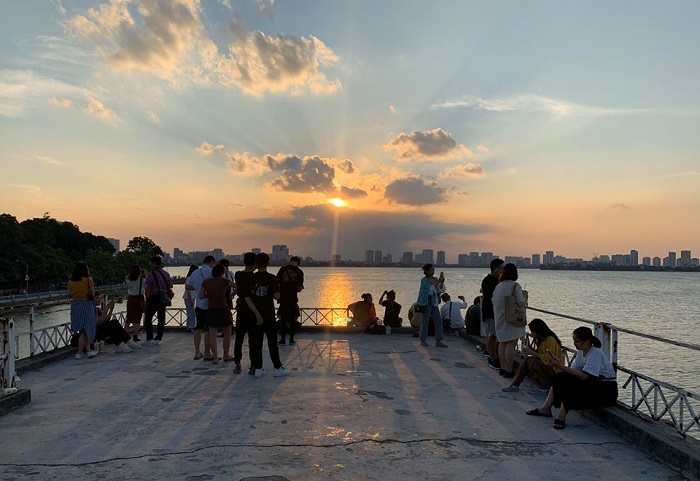
According to Quoc Le from Kienthuc.net
